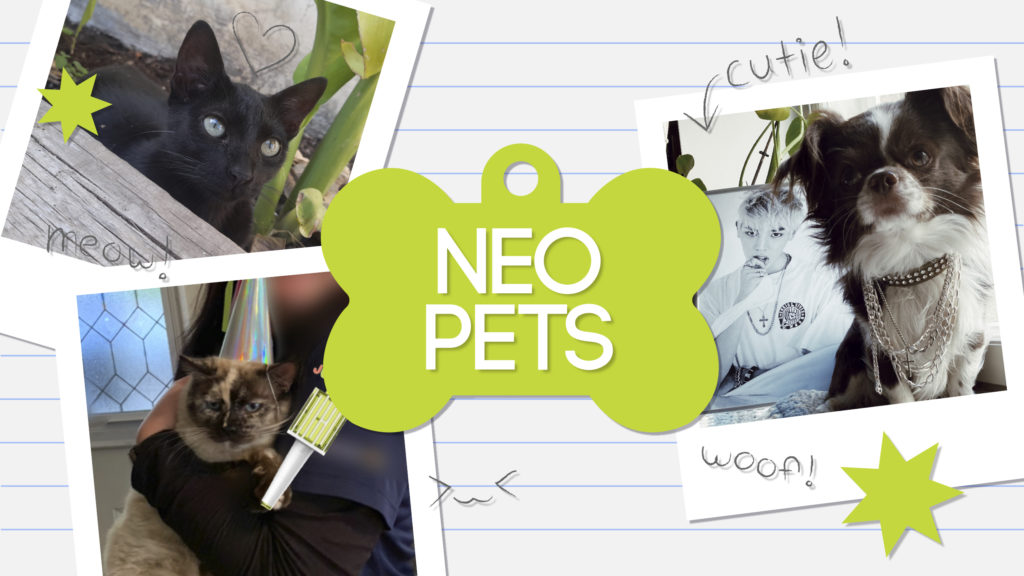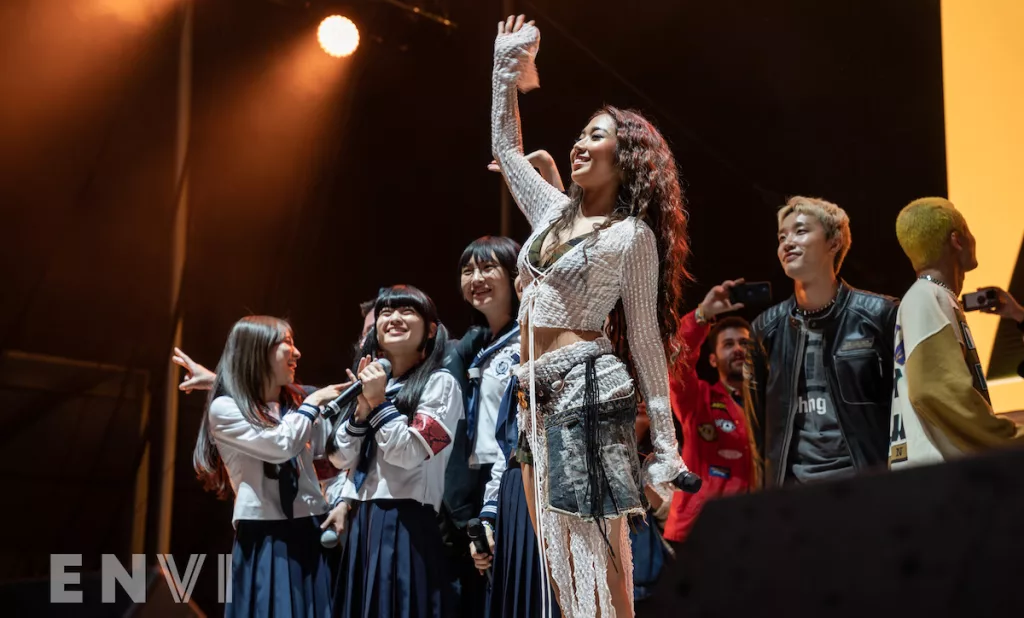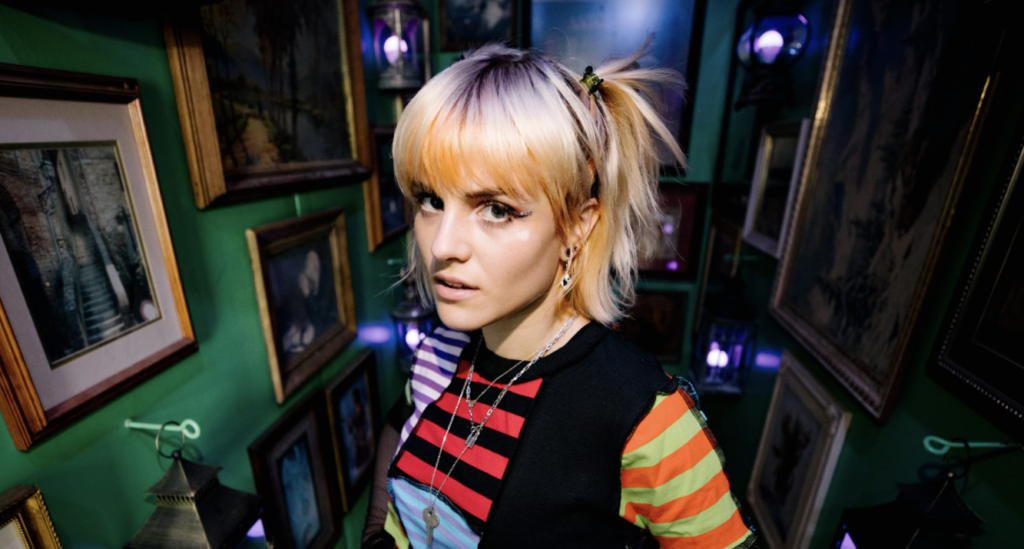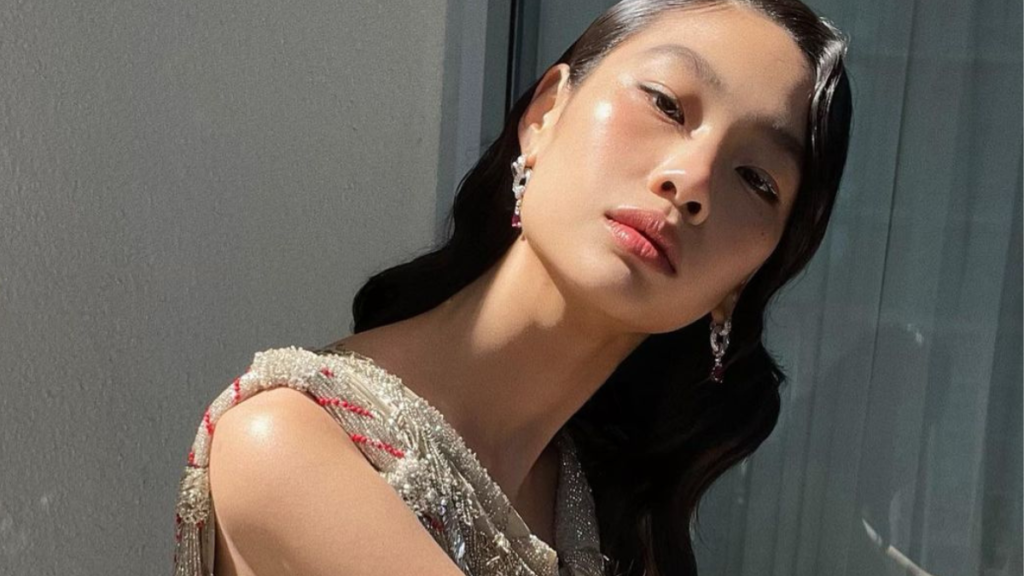Creative Spotlight: Discover Editorial Illustration Through Nadine Meriel’s Eyes
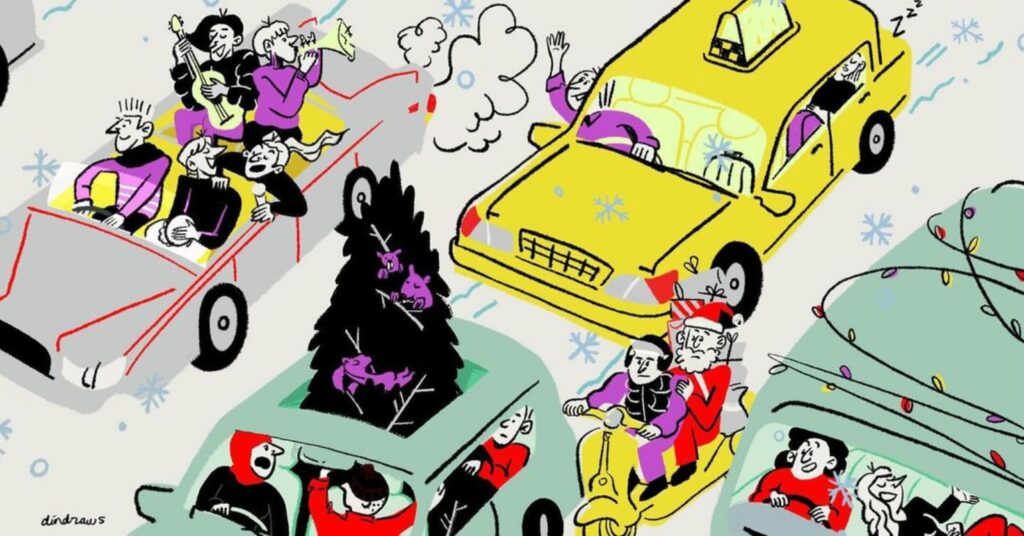
“There’s something about a cartoon that distills so much into a small space,” is a famous saying by publisher John Temple, where he implied that cartoons, despite their simplicity and brevity, can convey a great deal of information, emotion, and insight. The saying has had a grip on the works of freelance illustrator Nadine Meriel, who goes by the moniker dindraws_ on instagram.
In this Creative Spotlight, EnVi chatted with Nadine Meriel via email on editorial illustrations, work inspirations, and finding her own medium and style.
Where It All Started
Nadine Meriel spent her childhood going to bookstores and to buy those books — not to read them, but to admire the covers of novels. Looking back, she thought that it was a waste of money to purchase books solely because of the illustration on the cover and often would not finish reading, but that was when she found her passion in art.
Nadine’s love for reading began with the book Diary of a Wimpy Kid. The book’s illustrations, which resemble a child’s doodles, captured her interest and helped her understand the context of the story better. “That’s when I became interested in illustrations with bold, organic lines. They’re simple and not overly detailed, yet they appear iconic because we can interpret the characters ourselves based on Jeff Kinney’s drawing style,” she explained. This style of drawing is the one that sticks to Nadine until now, giving it her own style of illustrating.
In Her Element: Editorial Drawings
“Editorial illustrations primarily serve to provide a visual dimension to a piece of writing, right? So they exist to communicate with readers efficiently; they can grab attention, offer a perspective on an article or piece of writing, or help young children develop their reading skills,” Nadine explained.
She also mentioned that these illustrations don’t need to be extremely sophisticated or perfectly drawn, but they should convey a message that people can understand immediately. This is what made her love editorial drawings.
“That’s why I aim to implement the concept that a picture can ‘speak’ in my artwork. By utilizing limited colors, simple lines, unusual character faces, or even small-sized illustrations, the drawings can still be engaging and effectively convey a message,” Nadine said.
On Influences and Inspirations
Nadine’s family has been a huge influence on her. They fully supported her interest in art from the beginning. She took painting classes as a kid, joined art competitions, and they encouraged her when she chose to study graphic design. “I feel very privileged to be in such a supportive environment,” she expressed.
In terms of inspiration, she mentioned that it definitely started with books. Even though she’s a Gen Z, she enjoyed the special experience of reading printed books before the internet took over. To Nadine, those books had rich visuals — illustrations, typography, layout, and paper texture. This is why she’s passionate about editorial illustration today.
A Glimpse of Nadine’s Workflow
To gather ideas, Nadine often browses Pinterest, Pentagram, and Instagram to look at the works of other illustrators and designers. Nadine emphasizes to never use one source for inspiration because it could potentially lead to plagiarism. For the illustrating process, she starts with a rough sketch, although sometimes Nadine goes directly to a clean sketch. If she’s using outlines, she usually outlines first and then colors. Sometimes, Nadine also colors first and adds detailed outlines later. The final step is to add any necessary details or textures.
Her process involves: receiving the brief, collecting references, sketching (offering several alternatives to the client), coloring, and finalizing. Minor revisions may follow, but usually, after the sketch phase, Nadine consults with the client to make any necessary adjustments, as final changes are typically minor. In terms of coloring, Nadine’s color choices are influenced by her favorite artists and her personal preference for using bold colors.
Nadine’s Pride and Joy
Nadine’s favorite “child” turns out to be her final project back in university. She created a children’s newspaper under the name Kosmonot Junior, which showcases Indonesian superhero characters. Although Nadine admitted there’s room for improvement when it comes to the magazine, she was proud of sticking to her ideals of producing a printed publication.
With most media shifting to digital, especially the fading local children’s media, she was inspired by seeing that printed media is still thriving abroad. She believed that newspapers could boost children’s literacy and decided to give it a try.
Nadine feels a sense of accomplishment completing the project despite its shortcomings. She found laying out a newspaper much more challenging than a book, struggled with organizing the content, deciding whether to use infographics or games, and managing the printing on larger paper was tricky. The experience was quite a journey, but she learned a lot and grew even more passionate about editorial design and illustration.
Moving Forward
To Nadine, the editorial illustrator path is challenging, especially since the field isn’t very prominent in Indonesia. However, she hopes that things will improve in the future. Nadine herself expressed that in order to move forward in the industry, we have to create art based on what we love, not because of FOMO (fear of missing out). In the future, she would not limit her works to just editorial and is open to any opportunities to learn new things. “The more you learn, the more it gets better,” Nadine said, ending the interview with EnVi.
Check out Nadine Meriel’s portfolio and support her works on her Instagram account!
Want more insights on creatives across the Asian diaspora? Check out our Creative Spotlights section here!
